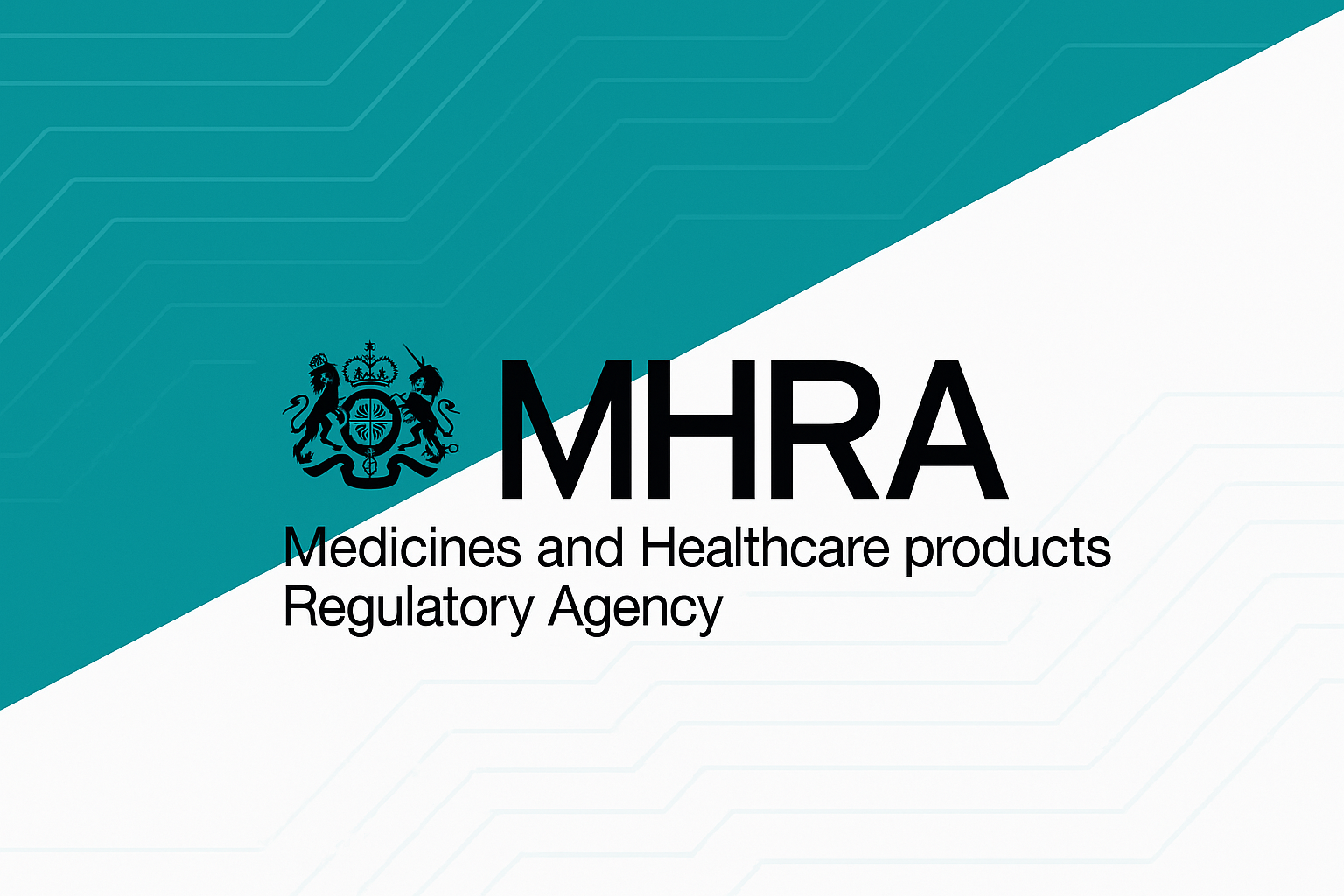MHRA’s Point‑of‑Care Manufacturing Framework
The UK’s MHRA unveils first-of-its-kind framework allowing hospitals to manufacture personalized cell and gene therapies on-site.
A New Era for Cell & Gene Therapy
Just last week, the UK Medicines and Healthcare products Regulatory Agency (MHRA) quietly did something revolutionary: it switched the regulatory focus for advanced therapies from where they are made to how their quality is controlled. The Human Medicines (Amendment) (Modular Manufacture and Point of Care) Regulations 2025 create the first dedicated legal pathway that allows hospitals, and even mobile clean‑room units, to complete the final stages of cell‑ and gene‑therapy manufacture right at the patient’s bedside.
What the new rules actually say
The legislation introduces two new manufacturing licenses. A Manufacturer’s License (Point of Care) covers fixed hospital suites, while a Manufacturer’s License (Modular Manufacture) captures relocatable or mobile micro‑factories. In both cases a single control site (e.g. a centre of excellence or a technology provider) holds the license, maintains the quality‑management system and supervises every distributed site in real time through a master file. The framework applies not only to autologous CAR‑T and gene‑edited cell products but also to 3‑D‑printed implants, medicinal gases and a handful of other short‑shelf‑life products that have previously struggled to fit into the conventional GMP regime.
Crucially, the MHRA has also tightened historic exemptions that allowed clinicians to skirt full GMP by talking about “simple mixing at the bedside.” If you are performing anything that looks like manufacture e.g. cell expansion, genome editing, final formulation, aseptic fill, you now need to follow the new license route. In return the field gains regulatory recognition that some therapies cannot survive a cross‑country drive to a central facility, let alone an international flight.
Why therapeutic developers should take notice
For developers of cell and gene therapies the POC framework is more than an administrative tweak. In fact, it reshapes CMC, clinical development and launch strategy in one move. Processes that were previously split between a primary facility and a courier can now be divided between a central hub for complex manipulations and a hospital suite for the high‑risk, time‑critical finishing steps. That change alone can shave days off vein‑to‑vein time, reduce cryo‑shipping failures and unlock adaptive trial designs that rely on immediate dosing.
Regulatory‑CMC teams will need to engage early with the MHRA to agree the contents of the POC Master File, the location of batch‑release testing and the digital systems that underpin real‑time oversight. The agency has signaled a willingness to use its Innovative Licensing and Access Pathway (ILAP) to accelerate such conversations, but developers should expect probing questions about data integrity and remote intervention protocols.
Commercial leaders, meanwhile, must rethink launch footprints. A therapy that can be finished on‑site will naturally gravitate toward NHS trusts with established GMP capacity, shifting the centre of gravity away from a single national facility toward a federation of hospital networks. Intellectual‑property management also rises up the agenda: closed, automated systems, secure SOPs and encrypted audit trails become proprietary assets that differentiate one therapy from another.
Implications for the enabling‑technology ecosystem
If you build the tools that power advanced‑therapy manufacture, the UK has just become an essential proving ground. Hospitals will seek compact, closed, automated suites that can drop into existing infrastructure without a multi‑million‑pound refurbishment. Those systems must stream batch data back to the control site, plug directly into electronic batch records and trigger remote release testing that takes hours rather than days.
Software providers face parallel opportunities and responsibilities. The distributed model only works if every site can be seen, in real time, by the license holder and, by extension, the MHRA. Expect hospitals to demand digital twins, inline analytics and AI‑assisted deviation handling as standard, not as premium add‑ons. Rapid microbial sterility tests, single‑use bioreactors optimized for autologous volumes, and augmented‑reality training modules will all find a readier market now that the regulatory path is clear.
Go‑to‑market strategy should also shift. NHS trusts, not just biotechs, become primary customers. Vendors that can wrap hardware and software into a turnkey, compliance‑by‑design offering will have a compelling first‑mover advantage. Success in the UK will provide a template that other regulators are likely to emulate, turning early adoption into global leverage.
The Lonrú perspective: clients navigating first and fast
At Lonrú we see three immediate priorities. First, therapeutic developers should map their existing manufacturing architecture and pinpoint which unit operations could be safely migrated to a point‑of‑care environment. Second, both developers and tool providers should initiate early scientific‑advice dialogues with the MHRA to clarify expectations around digital quality management, remote batch release and control‑site governance. Finally, stakeholders must invest in robust tech‑transfer packages, complete with remote‑support protocols and tamper‑proof data pipelines since the distributed model is only as strong as its weakest node.
The UK has opened the door to a future in which genuinely personalized medicines can be made, tested and delivered within the same clinical encounter. Those who step through early will help define the standards the rest of the world adopts and will gain invaluable operational insight and skills along the way. Lonrú Consulting stands ready to guide developers and technology providers alike through this new landscape, from strategy and competitor landscaping to hospital‑channel execution.
